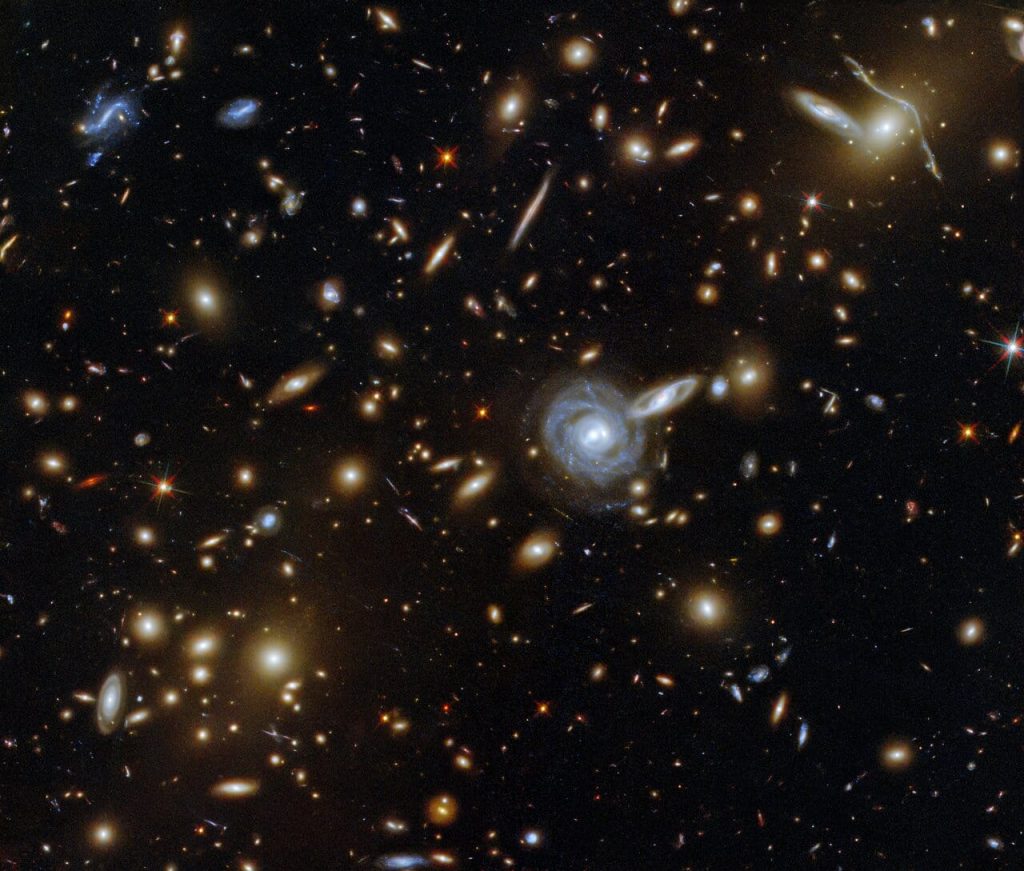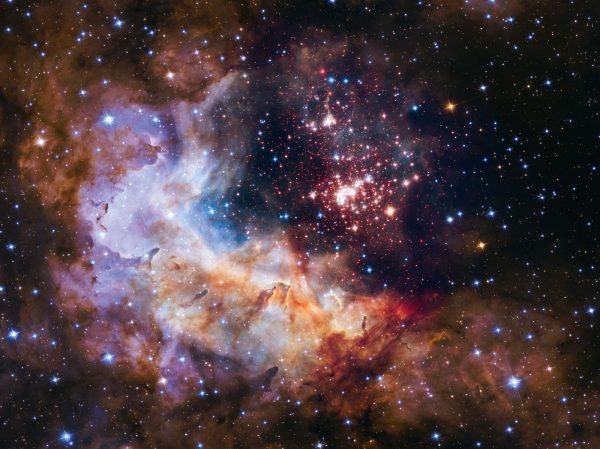“The missing link in cosmology is the nature of dark matter and dark energy.
Stephen Hawking
Astronomers have started to understand the concept imprinted in ultra-faint light of free floating stars that have managed to get out of their galaxies and roaming around interstitial realms of space.
Galaxies have an ambient glow, which is widely known as intracluster light because it shines between galaxies in dusters. This is a powerful weapon to solve the long years of mystery about the nature of dark matter, an invisible and unidentified substantial present in the universe.
Scientists have identified and known about intracluster light for nearly a decade, but due to its indistinct nature we were never able to successfully know about it a lot, but with the inventions of advanced telescope like the James Webb Telescope, we have been able to find this unique cosmic “fossil record”.
It gives a reassurance that we will dig deeper and surely will able to find more information that assures us to uncover the faint universe. A review popped up on Nature Astronomy, where Mireia Montes stated that this eerie intracluster glow is “not very well studied or famous”.
An StScl prize fellow institute in Baltimore said in a call “what we want with these surveys is to see how this light evolves and grows with time and how it relates to the mass of the cluster”.
Hundreds and thousands of galaxies can be found in these clusters, which are bound together by gravitational force. There are a variety of processes in which the stars in these clusters might get ejected from the host galaxies.
Read: Has NASA actually discovered a Parallel Universe? Truth behind the recent discoveries

Small galaxies sometimes get torn by other larger galaxies, which causes in spilling their stellar innards across the cluster. The stare which probably free flat in cluster are not visible to astronomers, their total light contains information about their backstories.
The most important thing we have noticed is that the faint light opens a passageway towards the dark matter. It’s an invisible matter that works. They are only able to study dark matter by observing its influence of gravitation on luminous objects, like stars and galaxies.
Monte gas stated that “the dark matter dominates, that’s the place where stars will dominate as well” she continued, “follows what dark matter is doing. In this sense, the stars have a similar property that dark matter has, which is that they don’t interact in any other way than gravitationally. The only thing is that they are really faint, so you have to put a lot of time in the telescope to see them.”
Studying intracluster light can be a little difficult and have to lay attention to detail, very careful and precise work. The next generation observatories, will hopefully be able to capture more of this murky starlight. Monte states “we are still only scratching the bright surface of what we can learn from this light”.
